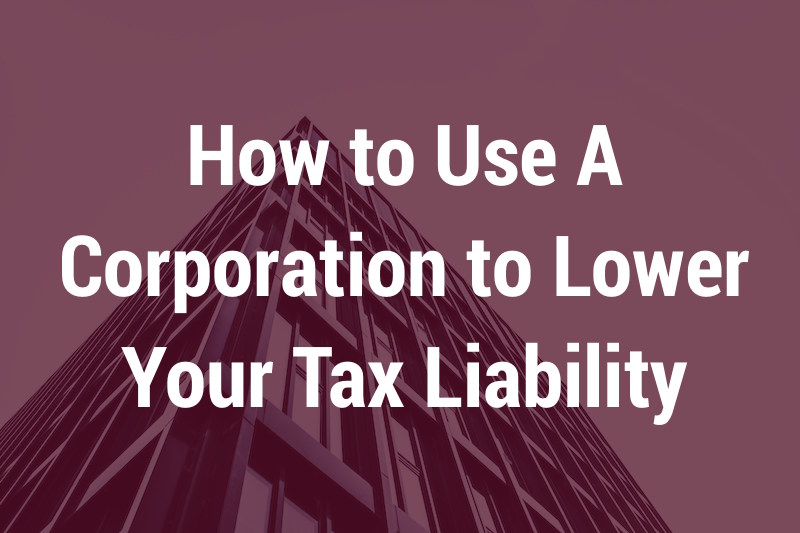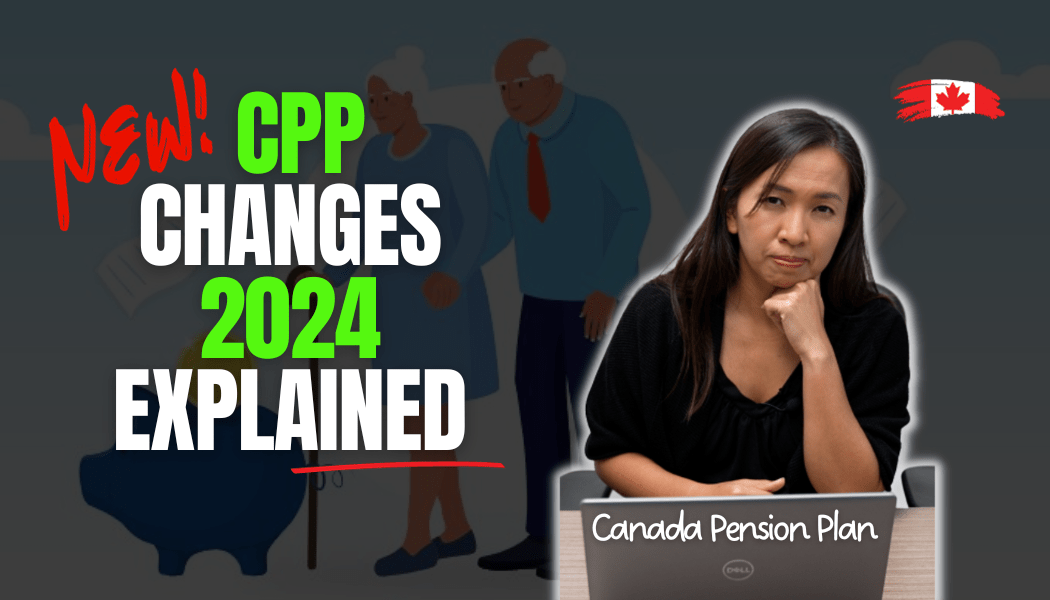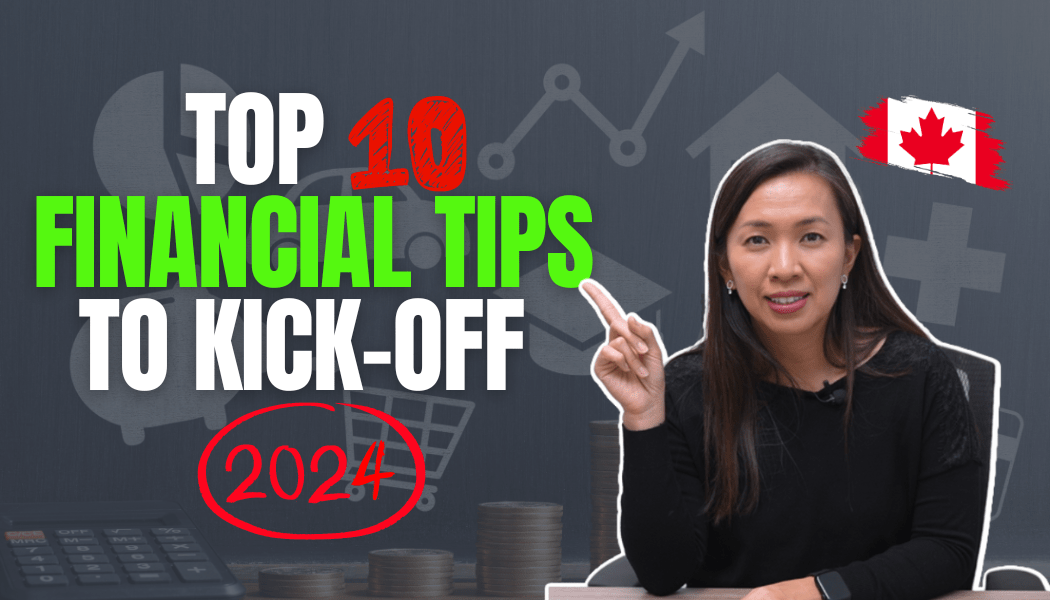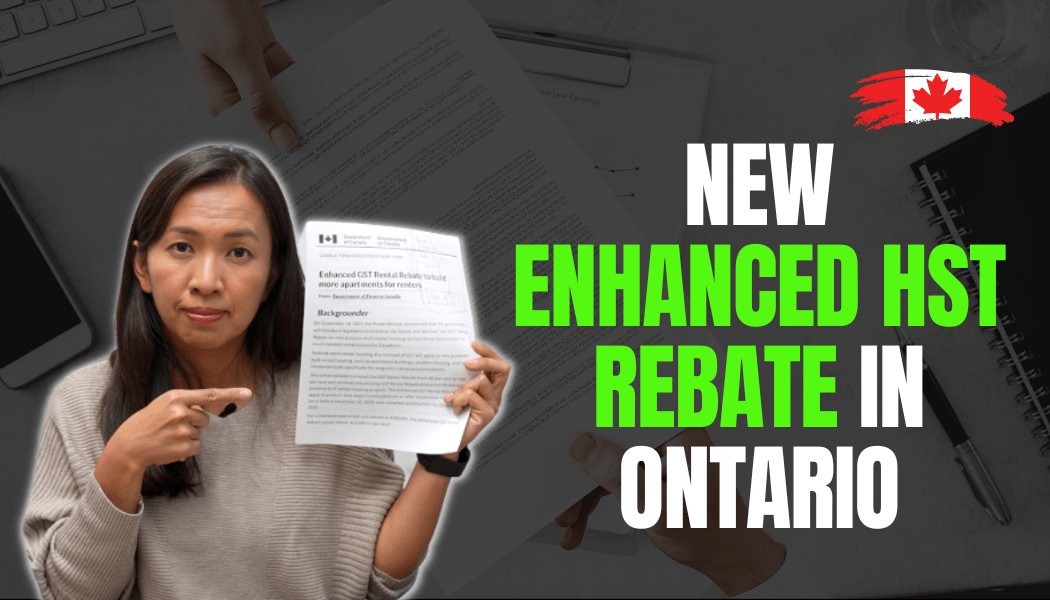 One of my new values this year is to make myself happy. I love trying new things all the time. Trying new things always make me happy.
One of my new values this year is to make myself happy. I love trying new things all the time. Trying new things always make me happy.
So my action item is to think of something new to do every single week.
Something new doesn’t have to be getting a new job, it can be as simple as trying a new vegetable or a new recipe.
This past week, I attempted to hang up all Robin’s paintings from art classes.
I’ve never really used a drill myself nor had I attempted hanging any paintings before.
We went out to get the d-rings for the canvas, hammered the screws in a bit before using the drill to help out.
It’s still a work in progress to be honest. I am still unsure about using curtain rod to hang these paintings up.
 But when Robin saw them and said “wow”, I realized they didn’t have to be perfect. J
But when Robin saw them and said “wow”, I realized they didn’t have to be perfect. J
Getting it started and getting it done somehow is more important than getting it perfect.
Good enough is good enough. J I am happy and she’s happy.
Now on to this week’s topic.
It’s important to understand corporation taxation before you can decide on what kind of tax strategy is best suited for you.
There are many types of corporation tax, public corporations, private corporations, Canadian Controlled Private Corporation (CCPC), foreign corporations.
For the scope of our audience, we focus our energy describing the taxation on CCPC.
From the real estate investment context, let’s discuss two important concepts – Active Business Income and Passive income (Specified Investment Business (SIB)).
Active income is income earned from a business source, including any income incidental to the business.
Specified Investment Business is a business with the principal purpose of deriving income from property, including interest, dividends, rents, or royalties.
Active business income concept is important because the active business income entitles the business owner for the Small Business Deduction (SBD) for the first $500,000 net income.
This essentially means that the business tax you pay inside a corporation is only 15% in Ontario (10.5% Federal and 4.5% Ontario).
WHAT?!
Yep! It is 15%. Not 30%, not 34% or 54%. It is 15%.
Instead of having a job working for someone else earning $100,000 income, you can open up a store and start selling widgets. Say you earn $100,000 in your business inside a corporation; you are only responsible to pay 15% tax on this $100,000.
Instead of paying $24,979 personal tax, you now pay $15,000 inside a corporation.
Who wouldn’t do this all day long?
But Active Business Income does not include SIB income. Specified Investment Business is a business with the principal purpose of deriving income from property, including interest, dividends, rents, or royalties.
Specified Investment Business is often referred to as passive income.
Rental income earned is not considered active business income. It is therefore subject to a different tax rate.
You can get out of this Specified Investment Business if your corporation hires more than 5 full time employees in the business throughout the year.
Passive income is subject to 50% tax rate. Approximately 30% goes into a notional account called Refundable Dividend Tax On Hand (RDTOH).
You can view this RDTOH account as a balance owed by CRA to you.
CRA gives a refund (calculated based on a formula) to the corporation when the corporation declares a taxable dividend to its shareholders.
Let’s use an example to illustrate.
Say a corporation earns net rental income of $10,000 this year. The corporation has a tax payable of $5,400.
$3,400 of this tax payable goes to a notional account called RDTOH, meaning, CRA owes you up to $3,400 when the corporation declares the dividend to its shareholders.
The $3,400 balance can be carried forward indefinitely until a taxable dividend is declared.
The corporation can also trigger the refund in the same year by declaring a taxable dividend in the same year.
If the corporation chooses to declare a taxable dividend to the individual shareholders in the same year, triggering maximum refund of $3,400, the corporation’s tax liability is only $2,000.
Now, the catch is that the corporation has to declare a taxable dividend.
A taxable dividend is then taxed in the hands of the individual shareholders.
Individual shareholders are responsible to pay personal tax on these dividends. Boo!
But what if, you earn your business income inside a corporation and only pay very little personally? What if you have multiple shareholders who don’t earn any other income but receiving taxable dividends?
The flexibility is priceless.
Until next time, happy Canadian Real Estate Investing.
Cherry Chan, CPA, CA
Your Real Estate Accountant






Understanding the Pros & Cons of Different Business Structures so You Know When to Incorporate - Cherry Chan, Chartered Accountant, Your Real Estate Accountant
[…] although you cannot enjoy the 15% active business rate (please refer to my blog post regarding how rental income is taxed inside a corporation), you can still use the corporation to split income with your lower family members and liability […]